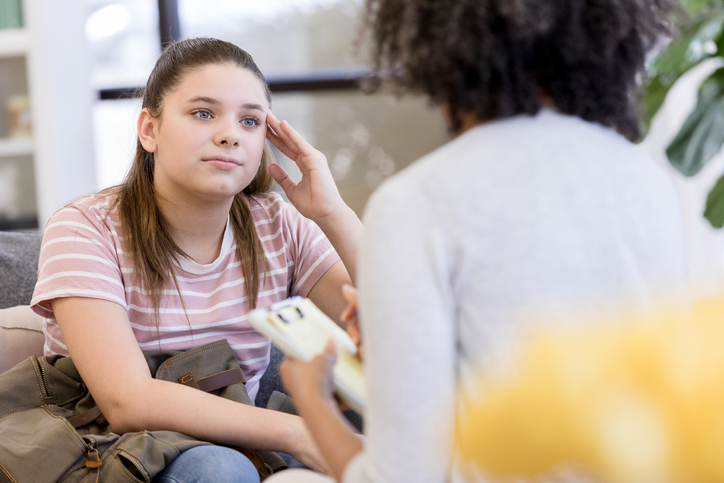Philips
In the wake of an increase in mental health patients, some healthcare systems have looked to novel ways to support patients. For example, hospitals leverage technology solutions built for an entirely different purpose in new ways to support their mental health patients, noted Philips, a health technology company based in Amsterdam. Christine Storm, business leader, virtual care solutions at Philips discussed this phenomenon with MedCity in an email exchange.
MedCity News: How have you seen companies/healthcare systems respond with innovation to address mental health concerns during the pandemic?
Storm: Many of them have not only pivoted to make sure they can address the current mental health crisis, but many are taking action to address mental health issues in their communities. For example, telehealth around behavioral health needs – treating patients in suburban areas and rural areas has increased. Bon Secours Community Hospital, a member of the Westchester Medical Center Health Network, quickly established a program where they were using their telehealth carts in the ED to give patients access to behavioral health specialists, even if the behavioral health specialist wasn’t onsite. Like many health systems, they saw an increase in teens coming in feeling the impact of isolation and remote schooling due to the pandemic. Bon Secours is also using this model to bring behavioral health into communities, providing behavioral health in its ambulatory care sites through the telehealth solution.
MedCity News: You mentioned hospitals leveraging technology solutions built for an entirely different purpose in new ways to ensure the comfort and care of those who are suffering. What does that look like in practice?
Storm: One of the first examples is the Philips Ambient Experience solution being used in 4 specialized ED rooms at Children’s Medical Center Dallas. This system was originally created to help put patients at ease when taking radiology studies, helping them to stay calm and focused when going into a CT scanner. However, Children’s Medical Center Dallas opted to implement them in a new way, to help with the number of teens that have come into their ED with mental health issues.
According to Geneva Burnap Senior Director of Emergency Services for them, isolation from Covid-19 and other factors have brought in a lot of people feeling very sad. The hospital introduced a space called “Philips Rooms” – a place for teenagers to experience light and a welcoming environment to help put them at ease. The patient can pick the theme that most appeals to them the immersive experience that goes with it. Instead of sitting in a traditional emergency room for [hours], they have this unique interactive environment.

A Deep-dive Into Specialty Pharma
A specialty drug is a class of prescription medications used to treat complex, chronic or rare medical conditions. Although this classification was originally intended to define the treatment of rare, also termed “orphan” diseases, affecting fewer than 200,000 people in the US, more recently, specialty drugs have emerged as the cornerstone of treatment for chronic and complex diseases such as cancer, autoimmune conditions, diabetes, hepatitis C, and HIV/AIDS.
MedCity News: You mentioned the concept of eSitters. Can you elaborate?
Storm: Organizations like Bon Secours in New York have taken their eICU technologies and used them to support patients in unique ways. Traditionally these eICU systems are used for monitoring patients and allow clinicians to gain access to specialist and other support teams to give the patient the best possible care, even if that provider isn’t available immediately in the hospital. According to Mary Leahy, CEO of Bon Secours, they pivoted to use these systems to also give patients, especially Covid-19 patients, a way to connect with their nurses and have human interaction, without exposing them or their care givers. Somebody was always there virtually to watch the patients and they could also have conversations with them, helping them feel less isolated.
MedCity News: How do you see the field of mental health care shifting in the upcoming months? Years?
Storm: We see technologies like telehealth continuing to come closer to the patient and being combined with in-office visits to help address mental health issues in schools and the ED. From the school to the home, to even in the community, mental health will continue to happen in ways that are more private and convenient for the patients. This will help to remove obstacles and get them the help they need when they need it.
Photo: SDI Productions, Getty Images













